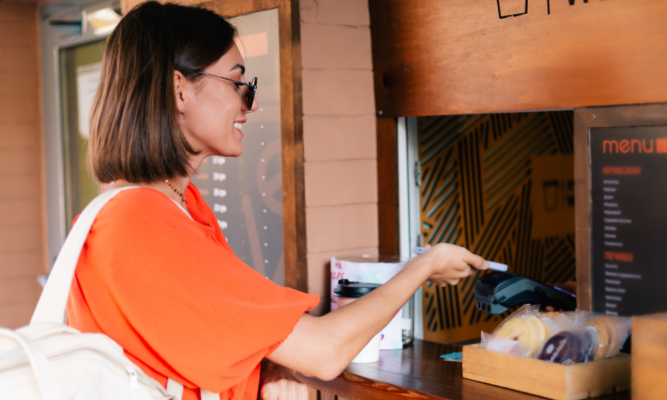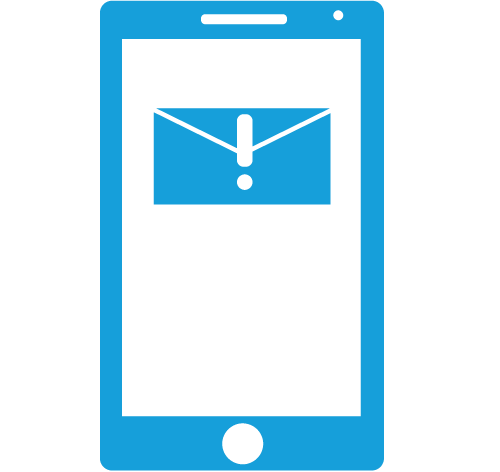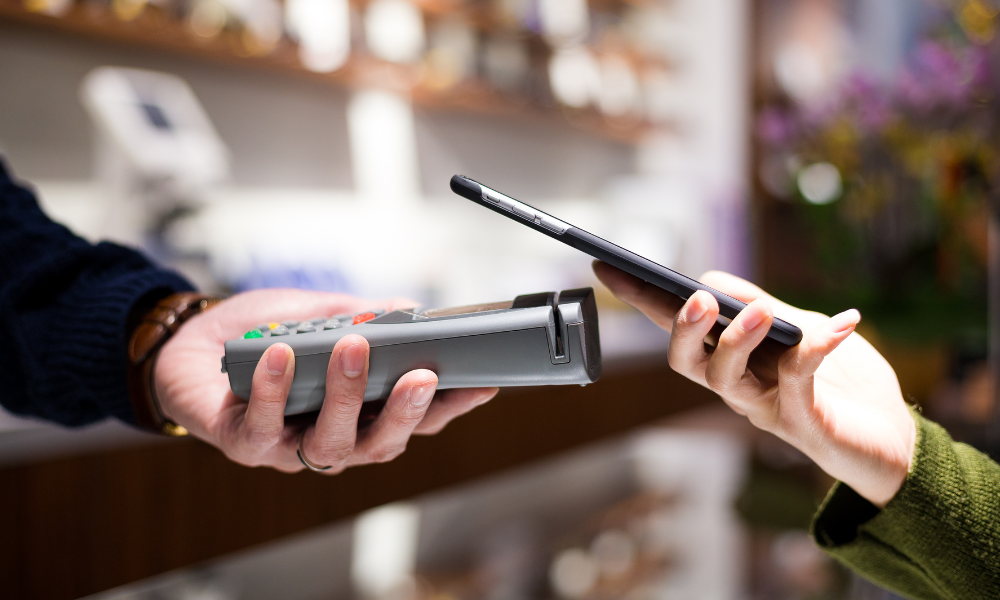Industry News
How modern restaurant technology appeals to next-generation guests.
A survey in late 2020 by tech giant Panasonic revealed a belief shared by every one of the food industry executives who were questioned: 100% of the respondents said COVID-19 had accelerated the urgency to adopt “transformational” technologies.
In no customer segment of the restaurant industry is that more apparent than the so-called “digital native” generation, whose members were practically born with smartphones in their tiny hands. This group primarily encompasses Generation Z — people born from 1997 to 2012. But it also could apply to digitally savvy millennials, those born from 1981 to 1996.
Regardless of what year they were born, these consumers increasingly demand restaurant technology that makes it easier and faster to order and pay for food, and simpler to learn about restaurant promotions and loyalty programs.
Here are five technologies that every restaurant should consider in order to appeal to digitally immersed guests.
1. Digital waitlists
Waitlist apps let guests check in online or through a self-service kiosk, see real-time updates on their wait time, and even get text messages from restaurant staff when their table is ready.
Waitlist software ideally is tied to a restaurant’s POS, CRM and reservation systems. Meanwhile, the customer-facing reservation setup should be as digitally friendly as possible.
By the way, a tech company called Spoton produces one of the only POS systems designed for restaurants that fully integrates with waitlists and reservations, meaning there’s just one customer database to manage. Thirty-party platforms like Yelp and Opentable generate customers data that doesn’t merge with POS data.
2. Digital menus and self-service capabilities

Following the onset of the pandemic, many restaurants stepped up their contactless experience by rolling out digital menus and self-service capabilities. Now, tech-centric consumers have come to expect these innovations.
It’s clear that QR code-enabled menus, which have gained traction amid the pandemic, are here to stay. It’s worth noting, though, that many guests 40 and older are frustrated by QR menus. Therefore, it’s probably wise to offer both QR and traditional menus to dine-in guests.
It’s not just QR menus that deserve attention, though. Many tech-centric customers check a restaurant’s menu on their smartphone before arriving at an establishment. This means the online or app version of your menu should be easy to navigate on a smartphone.
Meanwhile, self-service kiosks — whose usage also has increased during the pandemic — are putting the in-restaurant ordering process entirely in the hands of customers. As you’d expect, this technology is especially popular among customers who order takeout food.
A 2022 consumer survey by PYMNTS and Paytronix found that 59% of all grab-and-go customers use self-service kiosks, and millennials represent the largest group in the grab-and-go segment.
3. Digital receipts
Moving from paper receipts to digital receipts makes sense, particularly if a lot of your guests are millennials or Gen Zers. The benefits of digital receipts include:
- Less paper waste.
- Easier way to leave a tip.
- Vehicle for touting promotions.
- Ability to capture guests’ email addresses.
- Capability to collect customer feedback.
If you’re skeptical about digital receipts, consider this: 36% of restaurant customers questioned in a pre-pandemic survey in 2019 said they opted for either text or email receipts. Restaurant technology provider Toast conducted the survey.
4. Email marketing
Particularly because many restaurants lack websites and often rely solely on Facebook for their digital presence, email marketing can be a need-to-have tool in a restaurant’s digital marketing toolbox. On average, email marketing delivers an ROI of $36 for every $1 spent.
Fortunately, a majority of millennials (67%) and GenZers (53%) welcome receiving email communication at least once a week from a brand, according to a 2022 report from consumer research company Attest.
Keep in mind that Gen Z and millennial consumers are keenly interested in receiving personalized content rather than generic content. For instance, a personalized email might deliver a free menu item for the recipient’s birthday.
5. Push notifications and email blasts for loyalty programs
 At least 54% of millennials and 60% of GenZers participate in loyalty programs at restaurants, according to a 2022 report from PYMNTS. In fact, many members of these generations say loyalty programs are very or extremely important in determining which restaurants they choose to patronize.
At least 54% of millennials and 60% of GenZers participate in loyalty programs at restaurants, according to a 2022 report from PYMNTS. In fact, many members of these generations say loyalty programs are very or extremely important in determining which restaurants they choose to patronize.
In light of these statistics, why not capitalize on this embrace of loyalty programs by sending push notifications or email blasts to promote things like discounts or menu specials? After all, the Attest report shows millennials and GenZers are open to getting emails from brands, and a 2021 survey done for AI-powered marketing platform Jeeng found that 70% of millennials 80% of GenZers are OK with receiving browser-based push notifications.
Jeeng concludes that emails and push notifications are “exceedingly” effective in reaching millennial and Gen Z consumers.

















